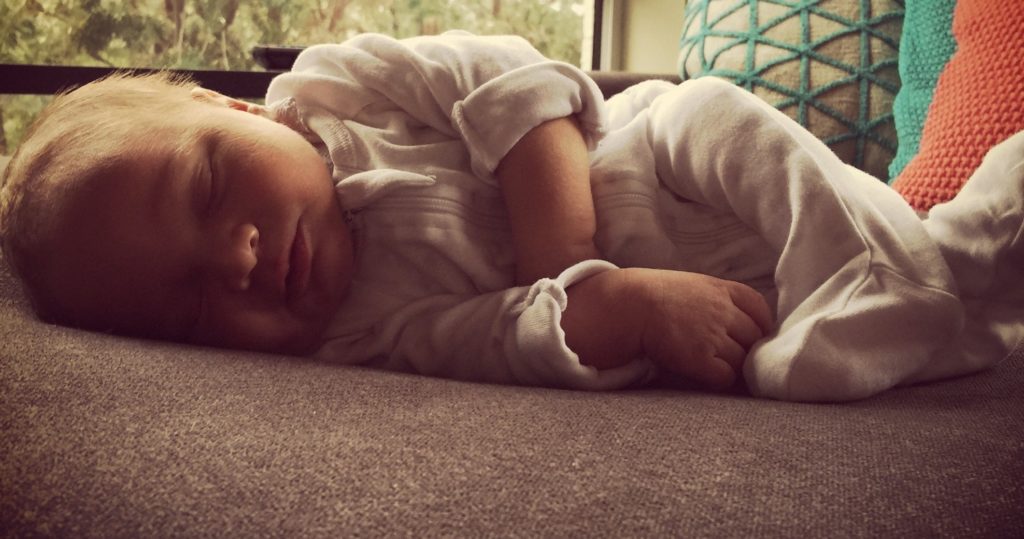Naps
(Australian) Daylight Savings – Moving the clocks back to standard time – 2020
It’ s almost that time of year… the clocks move back – and the days get shorter, cooler and darker. Here are a few pointers to help prepare you and your family for moving the clocks from Daylight Savings (AEDT) back to Standard Time (AEST): General Tips: Keep your regular day and night routine Maintain positive sleep…
Read MoreTravel and Sleep
Whether you are traveling away from home by a little or a long distance, inevitably being out of routine and away from your creature comforts can create some degree of apprehension and insecurity for children of all ages—and consequently, their sleep (and yours) may seem to navigate south temporarily. To minimize the disruption on sleep…
Read MoreTransitioning from Daylight Savings (PDT) to Standard Time (PST) – 2017
It’ s almost that time of year… the clocks move back; the days get shorter, cooler and darker. Here are a few pointers for preparing for the moving the clocks from Daylight Savings (PDT) back to Standard Time (PST): General Tips: Keep your regular day and night routine Maintain positive sleep associations Remember consistency is key Avoid any…
Read MoreSolutions for a catnapping baby
Catnapping, or consistently short naps in the first six months (usually between 20 to 40 minutes), albeit developmentally normal, can be extremely frustrating for parents – who often recall that they spend their entire day settling and re-settling their babies for sleep – usually unsuccessfully. This is, in fact, a natural daytime sleep pattern from…
Read MoreTransitioning from one nap to none
The process of dropping naps can be an exhausting, frustrating and lengthy one for some parents – taking anywhere between a few weeks to a month (or more). Variables will include your child’s age, activity levels, developmental stage and temperament (among others). It is not uncommon at these times to experience sleep regression such as;…
Read MoreSleep requirements by age
Have you ever wondered how much sleep your baby or child needs in a 24-hour period? Below is a guideline for the average requirements for naps and overnight sleep for 0-5 years: Age Overnight Naps Total Newborn to 2 months 8-9 hrs 7-9 hrs (3-5 Naps) 16-18 hrs 2-4 Months 9-10 hrs 4-5 hrs (3-5 Naps) 14-16…
Read MoreSleep tips for your baby 0-3 months
My very first video! A very brief summary of a few common issues parents experience in the first three months: 1. Catnapping 2. Day and night confusion 3. Requiring a lot of intervention from mum/dad to get to sleep and/or stay asleep And a few things we can do to: 1. Keep to an appropriate awake…
Read MoreWhy won’t my toddler sleep?
There can be many reasons why sleep time may be a challenge for you and your toddler. From my experience, here’s the top 10 reasons why: 1) Overtired: Catnaps (or no naps at all), late bed times, early rising, being awake for too long, and overstimulation can all lead to your toddler becoming overtired. When our toddlers become overtired,…
Read MoreTransitioning from two naps to one
The majority of children drop their second nap between 12 and 18 months. My recommendation is to avoid dropping it too soon – ideally somewhere between 14-18 months. There are many factors which can impact day and night sleep: teething, developmental milestones, leaps, daylight savings, separation anxiety, travel, being out of routine and/or the need to…
Read MoreAcknowledging your child’s sleep cues
Finding the optimal awake window for each individual child can be nothing short of a science. As we all know, put them to bed before they’re tired enough, and they don’t sleep. Put them to bed when they are overtired, and they don’t sleep either. Being overtired is one of the biggest contributors to frequent night wakings, short…
Read More








